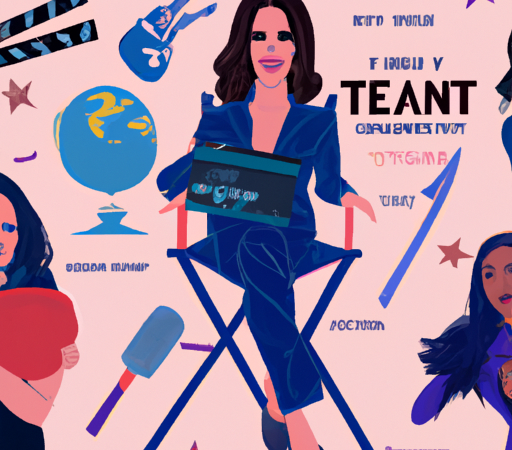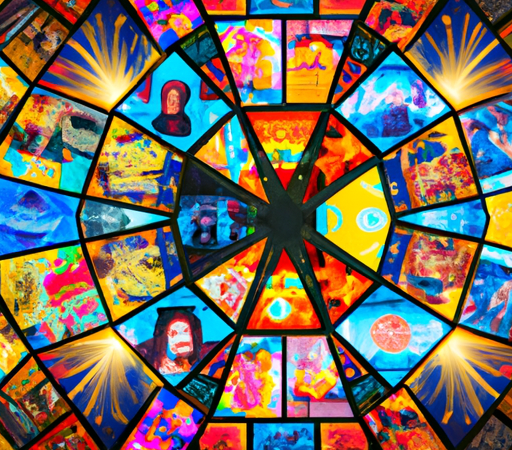The Evolution of Television: From Black and White to Streaming Wars
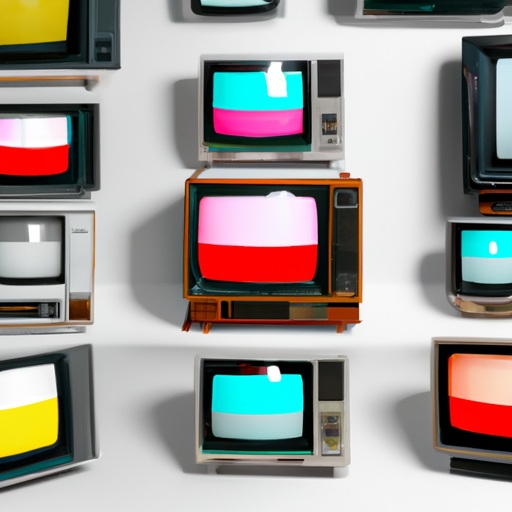
The Evolution of Television: From Black and White to Streaming Wars
Television has come a long way since its humble beginnings in the 20th century. From the black and white screens of the past to the streaming wars of today, the evolution of television has been nothing short of remarkable. Let's take a trip down memory lane and explore how television has transformed over time.
The Birth of Television
The journey of television began in the late 1920s when inventors and engineers across the globe started experimenting with transmitting moving images. However, it wasn't until the 1930s that television truly took its first steps. The first electronic television system, called the Iconoscope, was developed in the United States by Hungarian-American engineer Vladimír Zvorykin. This breakthrough led to the creation of black and white television sets, which quickly began gracing households around the world.
The Advent of Color Television
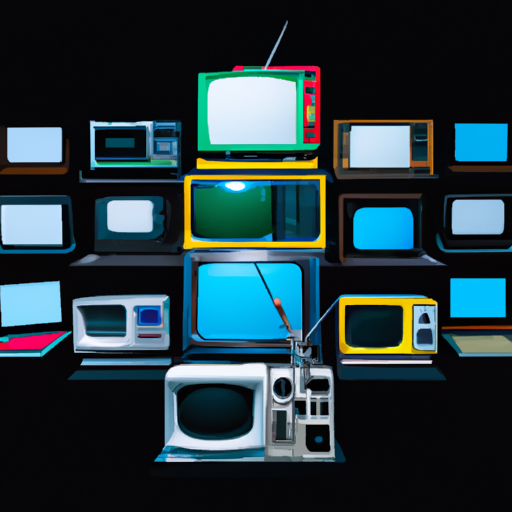
While black and white television captured the hearts of millions, it wasn't long before viewers yearned for more vibrant and lifelike visuals. In 1953, the RCA Corporation introduced color television to the world. This technological leap allowed for a more immersive viewing experience and transformed how content was produced and consumed.
The Rise of Cable Television
Throughout the 1960s and 1970s, television broadcasting expanded rapidly. Cable television emerged as a game-changer, bringing a wider assortment of channels and content options to viewers. Suddenly, households had access to hundreds of channels, allowing them to tune in to their favorite shows and news updates day and night. This era saw the birth of specialized cable networks like MTV, ESPN, and CNN, visibly reshaping television's landscape.
The Digital Revolution
The 1990s marked a turning point in televisual history with the advent of digital television. Analog signals, prone to interference and limited in resolution, made way for higher-quality digital transmissions. This transition not only enhanced picture and sound quality but also enabled broadcasters to offer viewers more channels.
The Internet Age and Streaming Wars
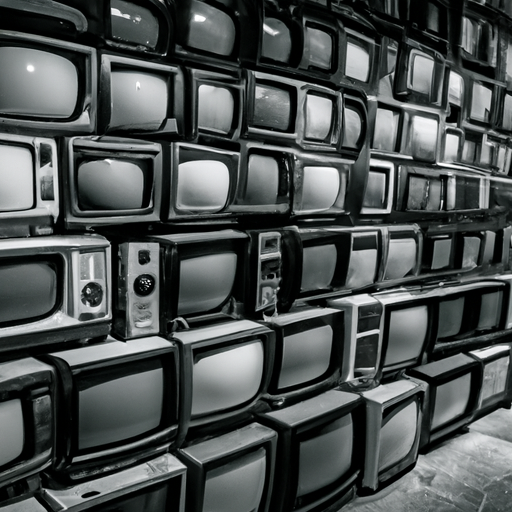
The dawn of the 21st century brought about a paradigm shift in television consumption. The rise of the internet introduced online streaming platforms that revolutionized the way audiences watched content. Platforms like Netflix, Hulu, and Amazon Prime Video enabled users to stream their favorite movies and TV shows on demand, allowing for a more flexible viewing experience. With their extensive libraries and original content, these streaming giants spearheaded what is commonly referred to as the streaming wars.
The streaming wars witnessed a surge in competition as new players entered the market, eager to carve out a slice of the streaming pie. Disney launched Disney+, Apple introduced Apple TV+, and WarnerMedia presented HBO Max. Each streaming service vied for the attention of viewers, leading to a massive influx of diverse and high-quality content.
This cutthroat competition has been a boon for consumers, giving them more choices and pushing streaming platforms to continually improve their offerings. Additionally, the streaming era has also allowed for the rise of binge-watching culture, with entire seasons of shows being released all at once, catering to audiences' insatiable desire for instant gratification.
Looking Ahead
As television continues to evolve, technological advancements such as 4K resolutions, virtual reality, and augmented reality are poised to shape its future. With the growing popularity of mobile devices and smart TVs, viewers can now enjoy their favorite shows on the go or immerse themselves in a truly cinematic experience from the comfort of their living rooms.
The evolution of television from black and white screens to the streaming wars reflects society's insatiable appetite for innovation and entertainment. From the early pioneers of television technology to the streaming giants of today, this journey serves as a testament to human curiosity and our constant quest for progress. As we embrace the future, it's hard to predict where television will go next, but it's safe to say that it will continue to captivate audiences in ways we might not even imagine yet.

